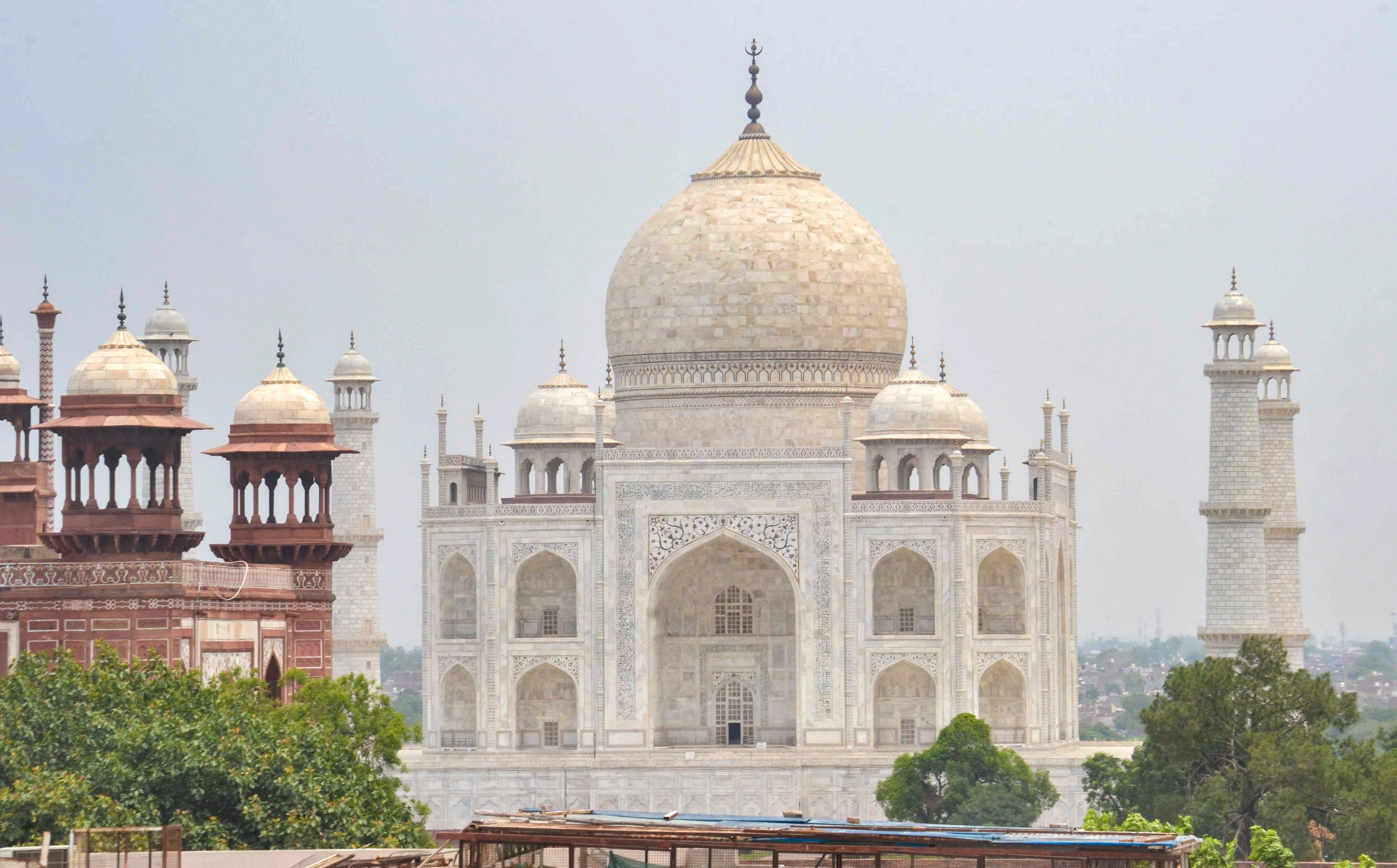
The Archaeological Survey of India (ASI) on Monday reopened more than 2,000 heritage sites which were shut due to the coronavirus outbreak, but the iconic Taj Mahal and other monuments in Agra remained out of bounds due to a fresh surge in infections in the city.
However, access to the monuments will be governed by a set of guidelines issued by the Central government that include capping the number of visitors and barring group photographs and insisting on digital payments for purchase of tickets and parking fees.
Heritage sites such as the Red Fort, Humayun’s Tomb, Purana Qila, Qutub Minar in Delhi, Charminar and Golconda Fort in Hyderabad were set to open on Monday.
According to the guidelines, monuments falling within containment zones will not be open to visitors.
Agra District Magistrate Prabhu N Singh has declared all monuments in the city, including the Taj Mahal, Agra Fort, Sikandara, Akbar’s Tomb, Itmad-ud-Daula Tomb as “buffer zones” after 55 new cases of Covid-19 were reported in the city over the past four days.
The city has 71 active containment zones and any access to the heritage sites could lead to further spread of the Sars Cov-2 infection, Singh said.
According to the rules, no tickets will be sold at the counter at the monuments and will have to be purchased online.
Visitors will also be barred from carrying food and eatables inside the monuments.
The number of visitors at the Taj Mahal has been capped at 5,000 daily in two batches of 2,500 each in the forenoon and afternoon. For the Red Fort and Qutub Minar the cap of the number of visitors has been fixed at 3000 in two batches of 1,500.
The Agra Fort and Sun Temple at Konark can have 2,500 visitors daily – 1,200 in the forenoon and 1,300 in the afternoon. All the other ticketed monuments of ASI can have 2,000 visitors daily in batches of 1,000.
Visitors will have to follow personal hygiene and wear masks or face covers and follow designated routes for movements while visiting the monuments.
At the entrance of the monuments, visitors will have to share their phone numbers with the ASI to enable contact tracing if required.
Of the 3,691 protected monuments, 820 that have places of worship were opened to visitors last month.
